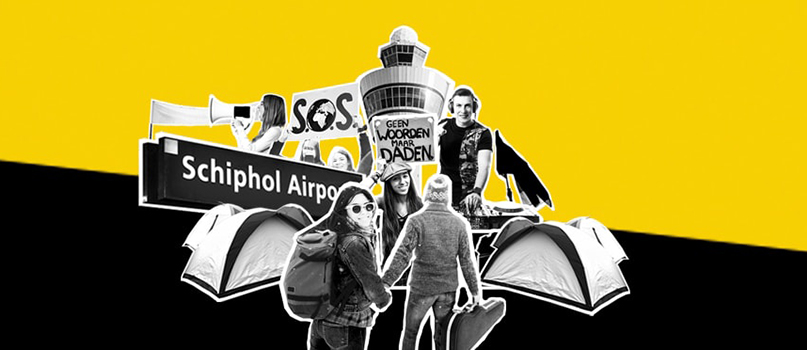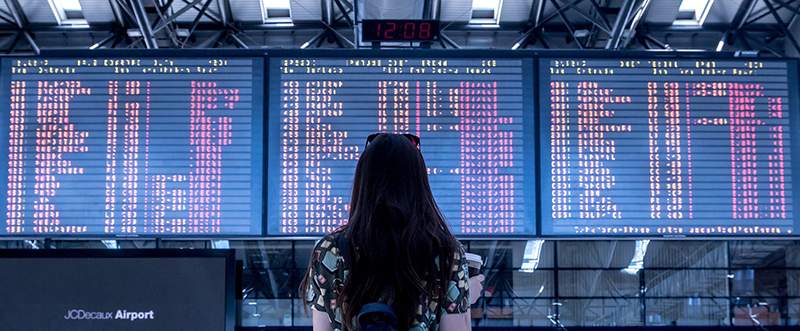The Dutch Topsector Energy (TSE) claims that it’s possible to make flying CO2 neutral by 2030 using synthetic kerosene. TSE is a – according to their website – ‘driving force behind innovations that are necessary for the transition to an affordable, reliable and sustainable energy system.’
The report ‘Carbon Neutral Aviation With Current Engine Technology’ examines how and at what cost the aviation sector can become CO2 neutral by 2030, using current turbine technology. Synthetic kerosene should be able to make this possible. This is kerosene produced from a carbon source (for example CO2 from industrial waste gases from a steel plant, or the air) and a hydrogen source (for example hydrogen made by electrolysis of water). If hydrogen is renewable and the carbon source is a residual gas, CO2 emissions across the chain are reduced by 55%; if the carbon source is the air, the CO2 emission reduction is 100%, we read in the introduction.
Technically it might be possible, but then you have to spend half of the sustainably generated energy...







